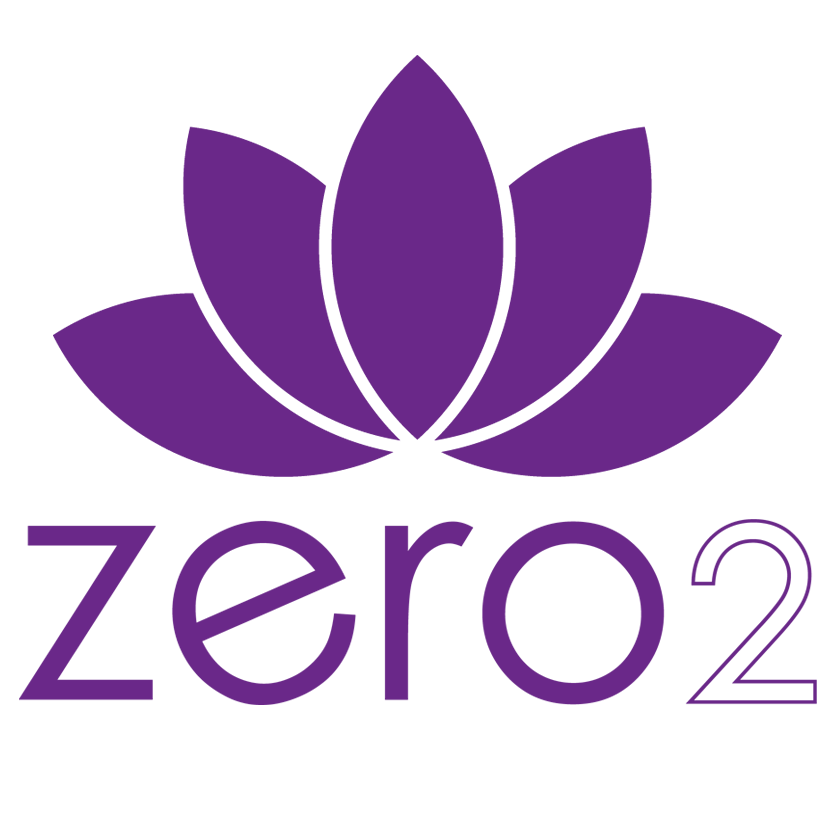Key Elements of a User Story
User Role: Identifies who the story is for (e.g., "As a customer").
Goal or Task: Describes what the user wants to achieve (e.g., "I want to reset my password").
Benefit or Value: Explains why it’s important (e.g., "so that I can regain access to my account").
User stories are often supplemented with:
Acceptance Criteria: Specific conditions that must be met for the story to be considered complete.
How User Stories Are Used in Agile Development
How User Stories Are Used in Agile Development
Facilitating Collaboration
User stories are a shared language for discussions between stakeholders, developers, and designers. They bridge the gap between business needs and technical solutions, enabling teams to work together toward a common goal.
Driving Prioritisation
Since user stories focus on delivering value, they help product owners prioritise the backlog based on what matters most to users. High-impact stories are tackled first, ensuring the team delivers maximum value early and often.
Guiding Iterative Development
In Agile, development occurs in short cycles, or sprints. User stories help break down complex features into manageable pieces of work that can be completed within a sprint, enabling iterative progress.
Defining "Done"
Acceptance criteria tied to user stories ensure teams have a clear understanding of when a feature is complete. This reduces ambiguity and helps maintain a consistent definition of "done."
Fostering Continuous Improvement
User stories encourage teams to reflect on and refine their approach. Regular grooming sessions keep the backlog organised and ensure stories remain relevant and actionable.
Best Practices for Writing Effective User Stories
Keep Them User-Centric: Focus on the user’s needs, not the system’s capabilities.
Make Them Small: Break large features into smaller, deliverable chunks that fit within a sprint.
Use INVEST Criteria: Ensure stories are Independent, Negotiable, Valuable, Estimable, Small, and Testable.
Collaborate: Involve the whole team in crafting and refining stories to align expectations and foster ownership.
Prioritise Clarity: Supplement stories with details and acceptance criteria to reduce guesswork.


